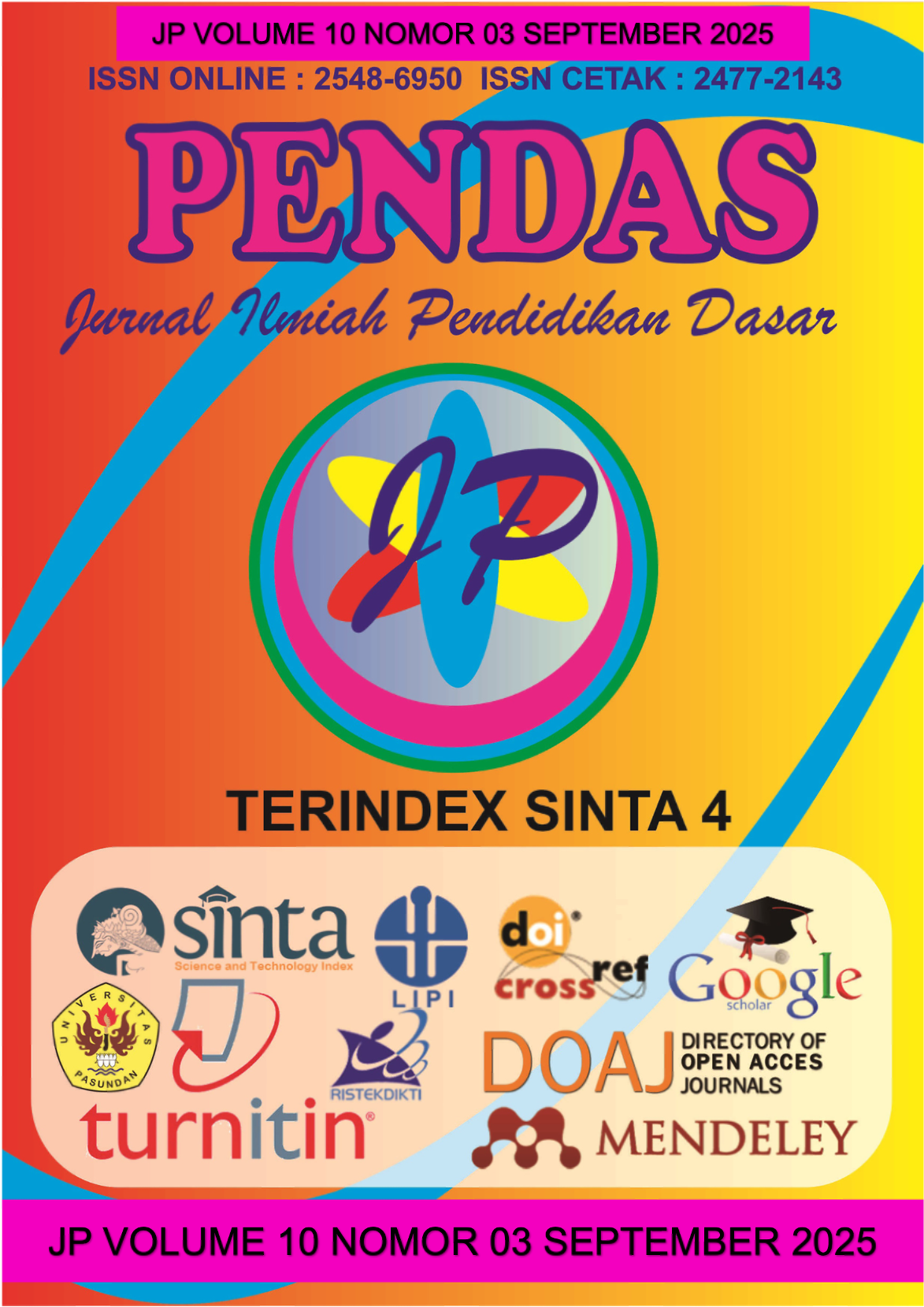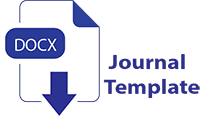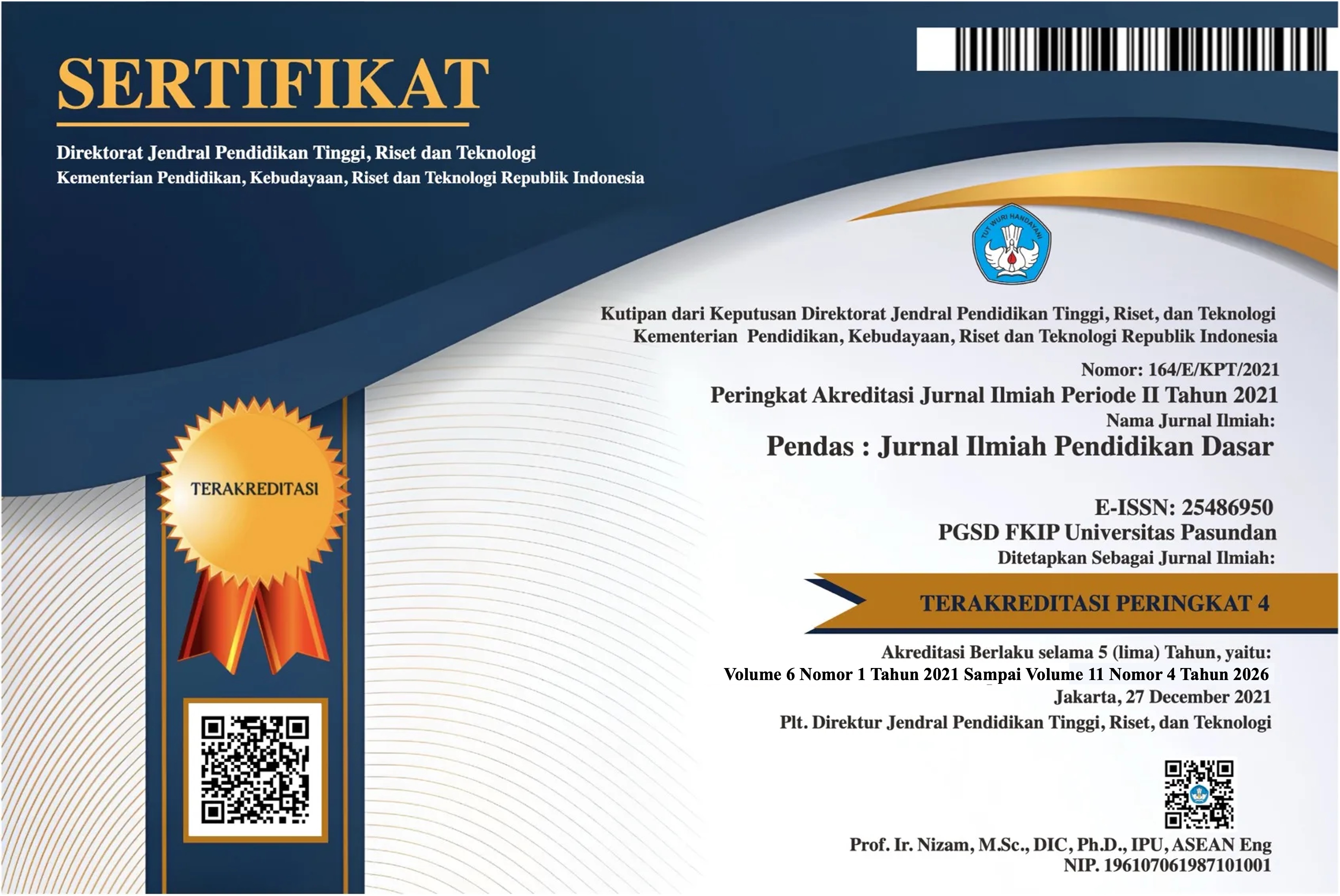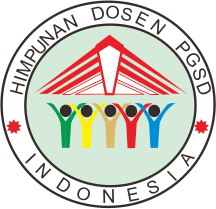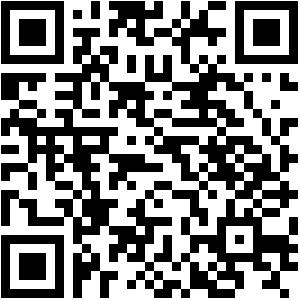ANALISIS PEMANFAATAN UMPAN BALIK DALAM PEMBELAJARAN TERDIFERENSIASI DI FASE C SEKOLAH DASAR
DOI:
https://doi.org/10.23969/jp.v10i03.29879Keywords:
student feedback, differentiated learning, teacher reflection.Abstract
The utilization of student feedback in differentiated instruction plays a critical role in supporting adaptive teaching strategies that meet individual learning needs. However, in practice, this aspect is often not fully optimized. This study aims to analyze the forms of feedback delivery, the differences in feedback characteristics, and the teacher's strategies in responding to student feedback within the context of differentiated learning at Phase C of Primary School. The study employed a descriptive qualitative method with a case study approach. Data were collected through classroom observations, interviews, and open-ended questionnaires involving one teacher and 17 sixth-grade students at a public elementary school in Sukabumi City, Indonesia. The findings reveal that students provided feedback in both informal oral forms and written formats, including manual and digital submissions. Distinct feedback characteristics were identified based on students’ levels of understanding: lower-level students requested visual aids, mid-level students suggested collaborative strategies, and higher-level students offered ideas such as grouping based on learning pace and task personalization. The teacher responded to the feedback by adjusting instructional processes—such as teaching pace, methods, and mediabut had not yet implemented differentiaion in content or product. While the teacher’s feedback responses were generally responsive and fostered student participation, they were not yet systematically structured. This study emphasizes that student feedback is an essential foundation for developing responsive differentiated instruction centered on individual learning readiness.
Downloads
References
DAFTAR PUSTAKA
Buku :
Creswell, J. W. (2014). Research Design: Qualitative, Quantitative, and Mixed Methods Approaches (4th ed.). Sage Publications.
Tomlinson, C. A. (2014). The differentiated classroom: Responding to the needs of all learners. Ascd.
Artikel in Press :
Lyznicki, J. M., Young, D. C., Riggs, J. A., Davis, R. M., & Dickinson, B. D. (2001). Obesity: Assessment and management in primary care. American Family Physician, 63(11), 2185-2196.
Trianto, A., & Heryani, R. (2021). Literasi 4.0 Teori dan Program.
Jurnal :
Azmy, B., & Fanny, A. M. (2023). Literature review: pembelajaran berdiferensiasi dalam kurikulum merdeka belajar di sekolah dasar. Inventa: Jurnal Pendidikan Guru Sekolah Dasar, 7(2), 217-223.
Dionisio, A. G. C., Reyes, J. P., & Culala, M. R. (2025). Teacher’s written and verbal corrective feedback on pupils’ test anxiety. World Journal of Advanced Research and Reviews, 25(1), 1144–1164.
Endang, S. (2018). Penerapan strategi pembelajaran Active Observation and Feedback untuk meningkatkan aktivitas belajar IPA pada materi sifat-sifat cahaya siswa kelas V SD Negeri 157 Pekanbaru. Jurnal PAJAR (Pendidikan Dan Pengajaran), 2(2), 208–213.
Fuad, U. F., Sholeh, M. I., Syafi’i, A., Suwandi, E. A., & Andayani, D. (2023). THE APPROACH OF ISLAMIC EDUCATION MANAGEMENT IN FACING GLOBAL CHALLENGES. Re-JIEM (Research Journal of Islamic Education Management), 6(2), 153-174.
Harjasuganda, D. (2008). Pengembangan Konsep Diri yang Positif pada Siswa SD Sebagai Dampak Penerapan Umpan Balik (Feedback) dalam Proses Pembelajaran Penjas. Jurnal Pendidikan Dasar, 9(8), 4–5.
Helenia, I., Zubaidah, Z., & Bistari, B. (2017). Pengaruh pemberian bentuk umpan balik (feedback) terhadap hasil belajar matematis siswa kelas VII SMP. Jurnal Pendidikan Dan Pembelajaran Khatulistiwa (JPPK), 6(12), 1–8.
Maharani, A. A. P., Widhiasih, L. K. S. (2016). Respon siswa terhadap umpan balik guru saat pelajaran bahasa inggris di sd saraswati 5 denpasar. Jurnal Bakti Saraswati (JBS), 5(2), 88–92.
Misnawati, M., Junari, J., Teibang, D., Ilham, I., & Luthfiyah, L. (2025). Evaluasi Hasil Penilaian Melalui Pemberian Umpan Balik dalam Tes Formatif sebagai Tolak Ukur Hasil Belajar Siswa. JIIP-Jurnal Ilmiah Ilmu Pendidikan, 8(2), 2236-2242.
Murron, F. S., Djumhana, N., Dwishiera, N., Ginting, L. C. B., Hendriani, A., & Kurniasih. (2024). Pelatihan Pengembangan Media Pembelajaran Berbasis Pembelajaran Berdiferensiasi Sebagai Upaya Optimalisasi Program SDGs Indonesia. BERNAS: Jurnal Pengabdian Kepada Masyarakat, 5(2), 1773–1781.
Rahmat, A. (2022). Analisis data kualitatif. Dalam M. Hasan et al., Metode penelitian kualitatif. Tahta Media Group.
Setiawan, R., Mardapi, D., Pratama, A., & Ramadan, S. (2019). Efektivitas blended learning dalam inovasi pendidikan era industri 4.0 pada mata kuliah teori tes klasik. Jurnal Inovasi Teknologi Pendidikan, 6(2), 148-158.
Sipayung, Z., & Sihotang, H. (2022). Peranan Belajar Behaviorisme dalam Hubungannya dengan Teknologi Pendidikan serta Implikasinya dalam Pembelajaran. Edukatif: Jurnal Ilmu Pendidikan, 4(5), 7129–7138.
Suardi. (2020). Pentingnya Umpan Balik dalam Meningkatkan Efektivitas Interaksi Belajar Mengajar di Kelas. Jurnal JBIC. Jurnal Bimbingan Dan Ilmu Komunikasi, 2(2), 23–31.
Suprayogi, M. N., Valcke, M., & Godwin, R. (2017). Teachers and their implementation of differentiated instruction in the classroom. Teaching and Teacher Education, 67, 291–301.
Wibowo, S., Wangid, M. N., & Firdaus, F. M. (2025). The Relevance of Vygotsky’s Constructivism Learning Theory with the Differentiated Learning in Primary Schools. Journal of Education and Learning (EduLearn), 19(1), 431–440.
Downloads
Published
Issue
Section
License
Copyright (c) 2025 Pendas : Jurnal Ilmiah Pendidikan Dasar

This work is licensed under a Creative Commons Attribution 4.0 International License.

